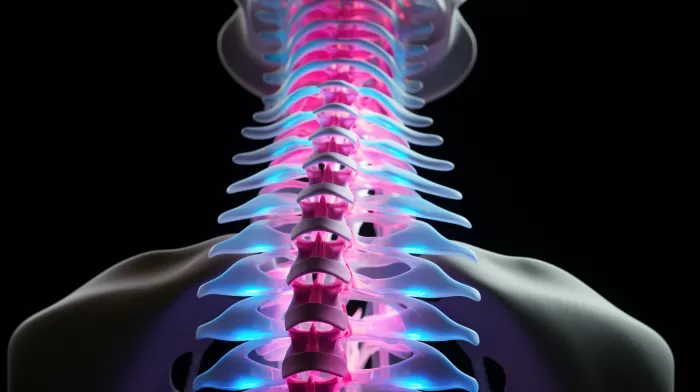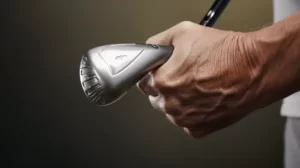Ever experienced unbearable pain in your lower back that just won’t go away? It might not only be localized pain, but a sign of herniated disc or nerve root impingement as well. When this occurs, some physicians may suggest surgery as a solution. But did you know you can heal your back and disc disease without going under the knife? Let’s delve into the various non-surgical ways to treat and manage herniated disc issues.
The importance of intervertebral discs
Intervertebral discs play an essential role in our spinal health. Although bones are sturdy and not easily fractured, the soft discs between each bony vertebra are quite vulnerable. When damaged, they can impinge upon the spinal nerves that exit the spinal cord, leading to a range of painful symptoms.
Herniated disc explained
A herniated disc can occur due to a single injury or gradually over time and can affect people of all ages. When the soft intervertebral disc breaks through its outer capsule and protrudes out, it can impinge upon your nerve root and cause pain, numbness, or weakness. An MRI may be needed to diagnose the issue when back pain extends beyond the localized lower back area.
Diagnosing disc disease
Various diagnostic methods can be used to determine the extent of disc damage and nerve involvement. Magnetic Resonance Imaging (MRI) is considered one of the best and safest diagnostic tools to obtain a detailed visual of the spine, spinal cord, and nerve roots. However, it is important to understand that herniated discs might be an incidental finding and not necessarily the cause of your pain. In fact, clinical trials have shown that up to 60% of seemingly healthy adults with no back pain had degenerative spine changes seen on MRI.
Is surgery the only solution?
The truth is, surgery for herniated disc issues might not always be the best route to healing. Surgical treatment only shows marginally better success rates than natural healing. According to the Maine Lumbar Spine study, only a 10% difference in improvement was reported between patients who underwent surgery and those who did not, after ten years of follow-up.
Natural alternatives to surgery
You should first explore non-surgical methods before considering surgery for a herniated disc. Some options to relieve pain and heal symptoms include:
- Taking pain relievers and muscle relaxant medications while healing
- Engaging in gentle physical activity as soon as possible without risking re-injury
- Correcting your daily postures to prevent inflammation and further pain
- Consuming a nutrient-rich diet free from refined sugar
- Taking nutrient supplements that aid connective tissue rebuilding, such as proline, Lysine, B vitamins, and Omega-3 oil
- Seeking physical therapy, including massage, ice and heat, traction, ultrasound, transcutaneous electrical nerve stimulation (TENS), stretching, and strengthening exercises
- Working with a personal trainer at a gym to improve your supportive muscle tone
In summary, addressing herniated discs and nerve impingement can be accomplished through healthy movement, maintaining good posture, consuming a nutritious diet, taking supplements, undergoing safe therapies, and committing to healing. You don’t always have to rely on surgical intervention for healing unless bowel/bladder incontinence or progressive lower extremity weakness is also present. So, the next time you experience lower back pain associated with a herniated disc, consider exploring these alternatives before opting for surgery.



